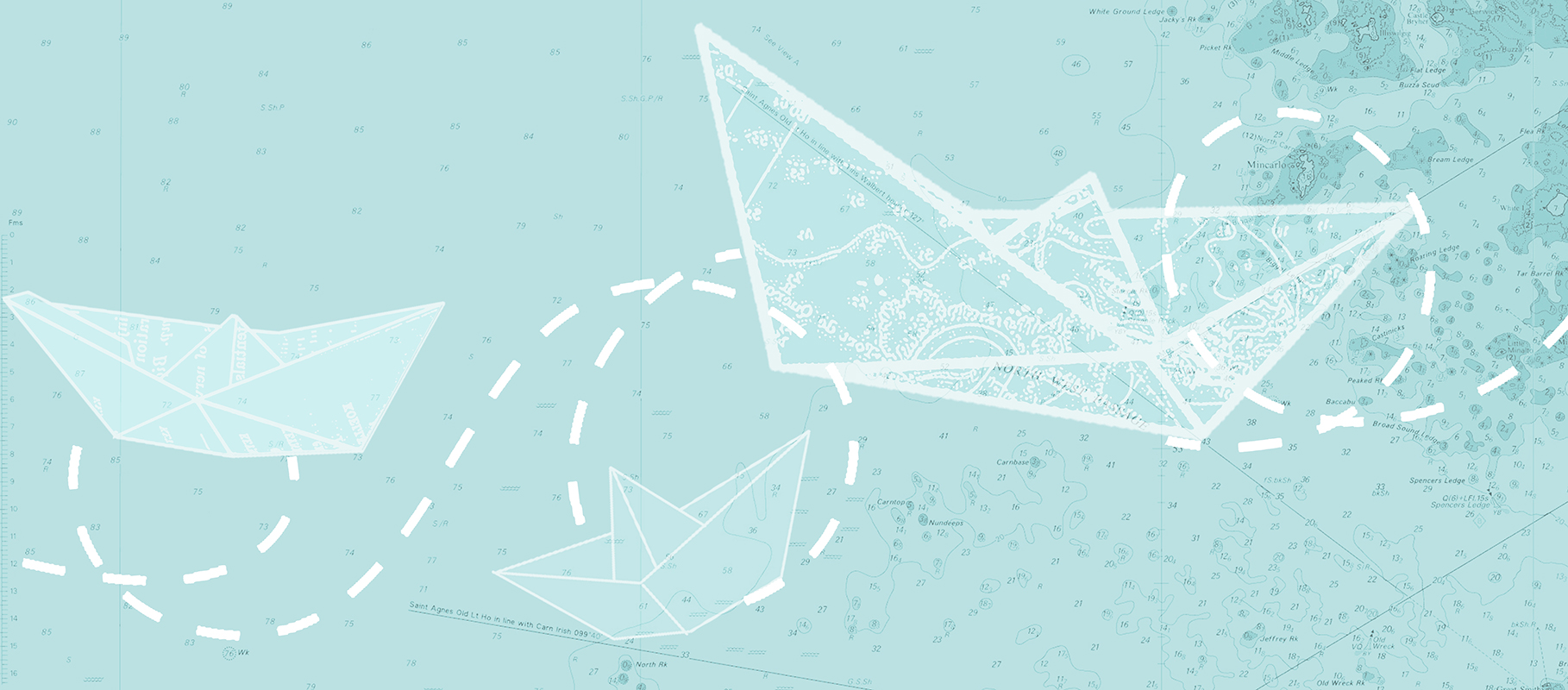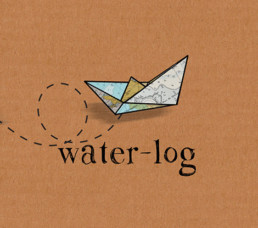The nature of the experience of travel is hugely dependent on the speed at which you move. When we first told people that we had grand plans to sail around the world, those that didn’t simply blink back at us in disbelief would nod slowly, as if the concept of doing such a thing was at least understandable in some way.
If, instead, we had told people that we were going to journey round the world, travelling at an average of only 5 miles an hour then they would probably have thought us to be completely bonkers.
The reality of sailing full-time on a heavy displacement monohull is that there are go times and slow times – and even the go times are fairly slow! I’ll never forget hosting my father-in-law onboard for a while in the British Virgin Islands. It was his first trip out to see us on the boat and everything had fallen into place perfectly. We were enjoying some terrific day sailing, zigzagging between islands, popping in for quick stops at beaches and giving him what we considered to be the epitome of the yachting experience.
Beaming back at us he remarked, “So, we’re sort of going at a slow jogging pace really, aren’t we?” I felt utterly deflated.
Yes, even on a good day, we move pretty slowly, there’s no denying it. With full sails out, the wind rushing past, cutting through the surf and the water slapping against the hull we still only just count as pottering along the way. It’s a lot like walking while holding the hand of a toddler: a sort of shuffle-then-pause-to-pick-up-a-tiny-stone sort of a pace.
After growing up in a world of cars zooming down motorways, high-speed internet connections and being so busy that you wolf down a quick lunch at your desk it took some time for us to adjust to this unhurried tempo. New sailors, freshly arrived in port often remark upon “island time” – the way in which the locals approach their time-keeping or urgency of doing anything with a far more leisurely attitude. We roll our eyes, we sigh, tap our feet and drum our fingers. Before embracing the sailing life we rarely had to wait for anything, so we didn’t always handle a lag with much grace. We confused dawdling with being lazy, misinterpreted the gentle for lackadaisical and had to be taught just how to relax.
Our first 8 months of full-time sailing saw us eating up miles and countries with an insatiable greed. We moved fast, pressing westwards, chasing the oncoming hurricane season, and pushing our schedule. It was as though we’d swapped our old jobs in London for this new job of sailing. It wasn’t until we tucked in below the tropical storm belt and paused for a number of months in one spot that we were able to really appreciate the smaller, easy-going pace of living aboard with no agenda. Slowly, slowly, we surrendered to a more gradual gait.
In Portugal we met a cruiser who asked about our sailing plans. We told him that, at the time, our aim was to circumnavigate in, say, a couple of years or so. Baffled, he shook his head and said,
“But then what will you do with the rest of your lives?”
As the years have unfolded and our journey’s purpose has changed and evolved we’ve revisited that sentiment many times. Yes, there are always points at which timing is critical – negotiating a reef pass, sailing upriver on a rising tide, dropping the anchor before nightfall – but, much like parenting, we’re constantly learning to not sweat the small stuff.
We don’t really have a need to push anymore and I suppose we’ve unwound, let go and loosened up thanks largely to the very fact of going at 5 miles an hour (on a good day). We take lengthy pauses, linger in islands making friends, stay for one more drink and it takes us ages to respond to an email. Having two little crew to consider also reduces our speed. Trying to rush a small child is a fool’s errand, whether you’re trying to coerce one to bring the never ending joy of beachcombing to a close for the day or hoping to wrap up breastfeeding an infant so you can lift the anchor and get moving.
The real luxury of cruising, as opposed to racing, is the abundance of time available to you to play with. By going slow, so slow that you can afford to live in the present, rather than hurrying towards your future, sailing allows you to just be.
After all, what’s the rush?

